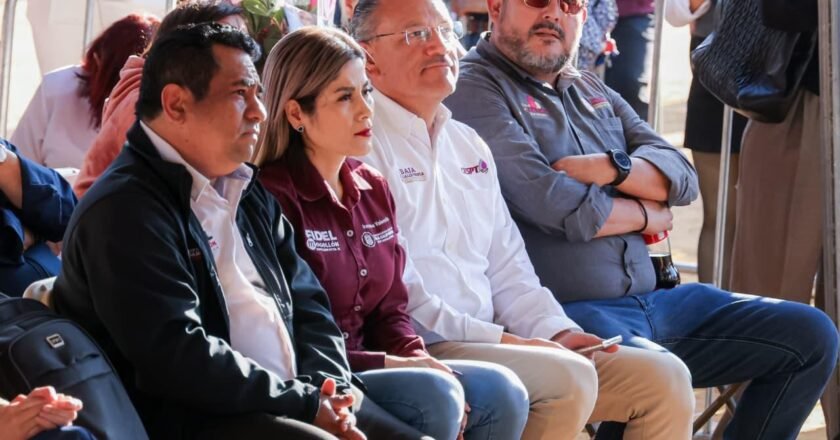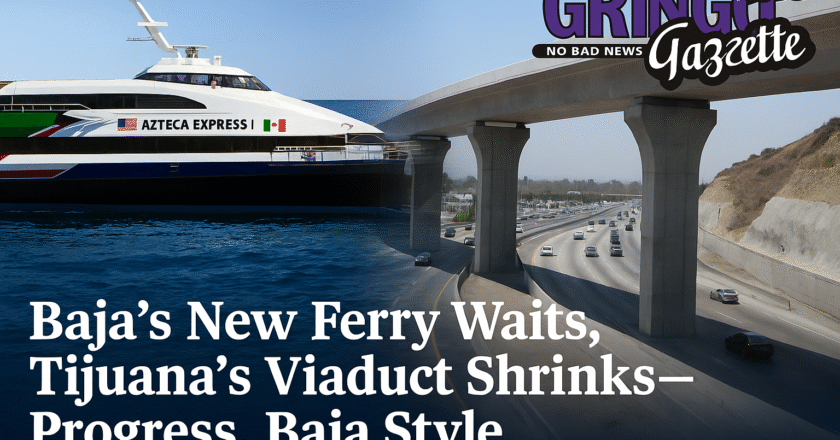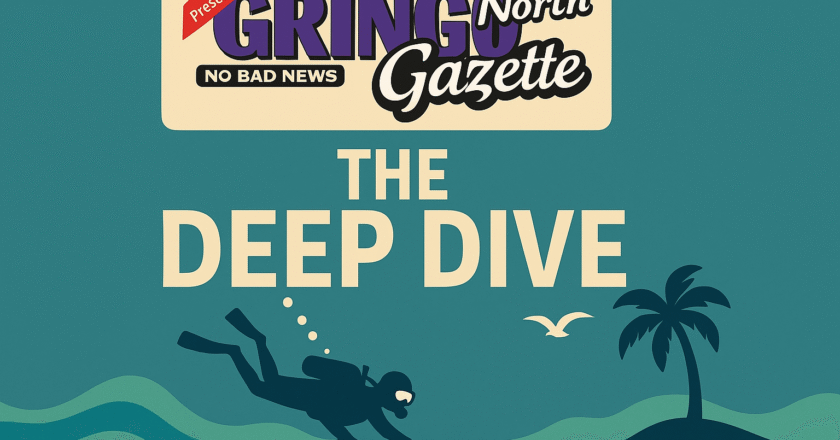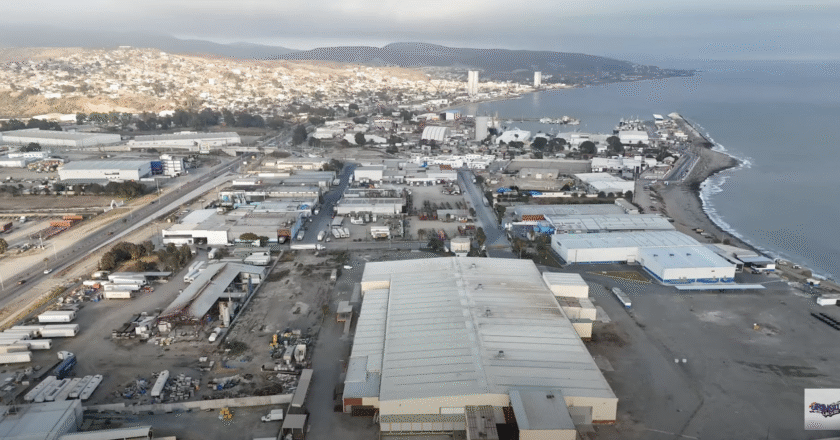Primo Tapia Finally Gets a Flush It’s actually happening. Primo Tapia, that beachy, taco-scented stretch just south of Rosarito, is …


Primo Tapia Finally Gets a Flush It’s actually happening. Primo Tapia, that beachy, taco-scented stretch just south of Rosarito, is …

If you were planning a quick errand downtown this morning, good luck. Ensenada’s police officers are once again trading patrol …

Washington woke up with a list and Rosarito’s former mayor was on it. The U.S. Treasury’s Office of Foreign Assets …

Baja California is on the move… sort of. Ensenada has a shiny new ferry sitting pretty at the dock. Tijuana’s …

Subscribe now to The Deep Dive podcast by GGNorth Reading is great—until you’re flipping tortillas, walking the dog, or forgot …

Partial Closure Hits Key Tijuana Bypass This Week If your plans this week involve cruising down to Rosarito, better map …

Baja California México – July 29 and 30, 2025. A massive 8.7 magnitude earthquake off Russia’s east coast triggered tsunami …

PROVINO isn’t saying no—but they are definitely saying “not like this.” One week after more than 11,800 locals signed a …

Neighbors Knew Something Was Wrong Since 2021, locals near a dog shelter in Ensenada had been complaining. They said something …

📍Ensenada, Baja California — Saturday, June 14, 2025 We recently received a note from Anne Porter, a member of Democrats …